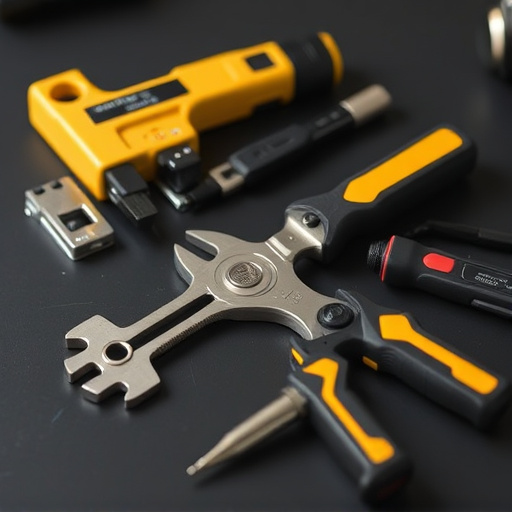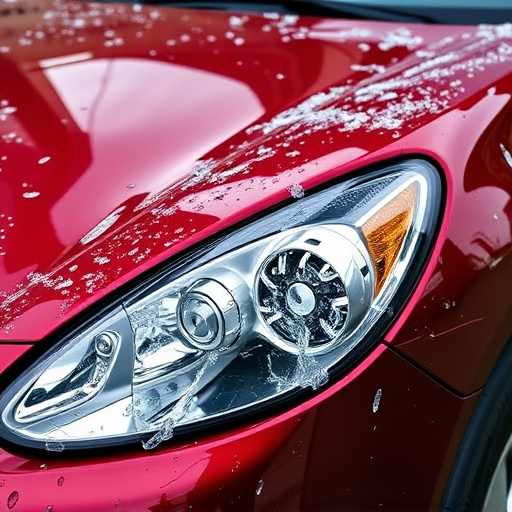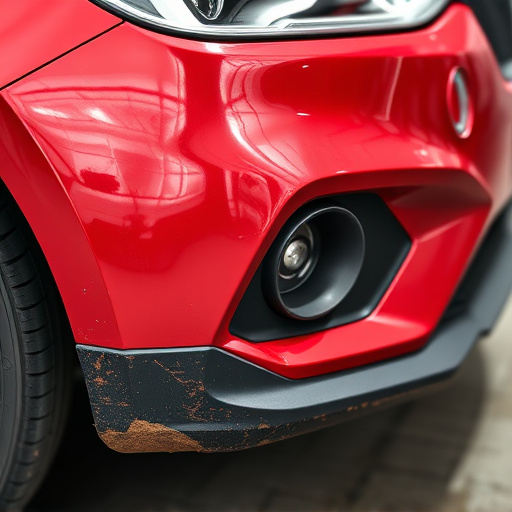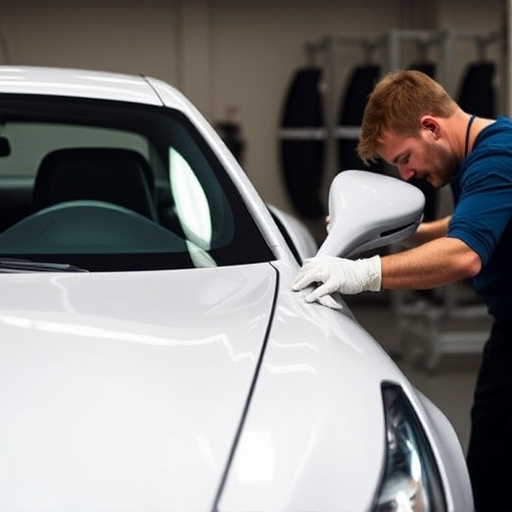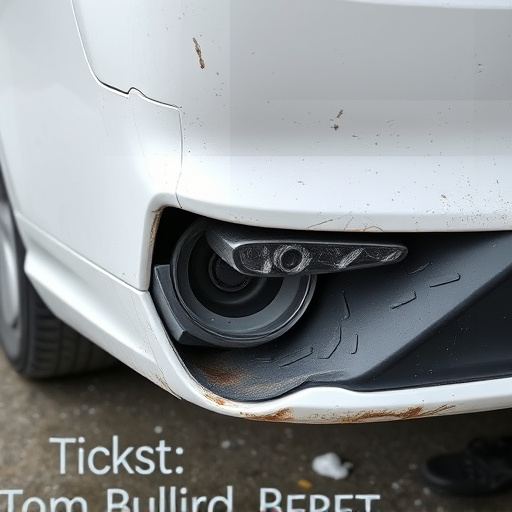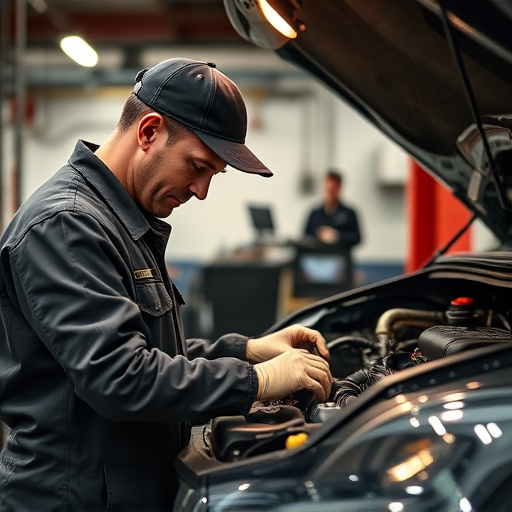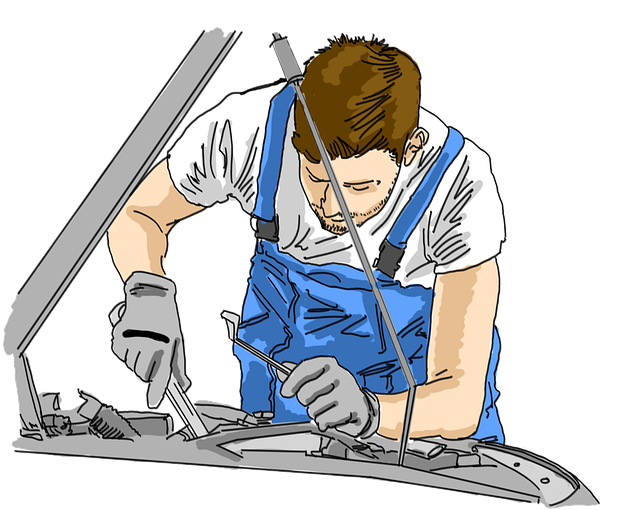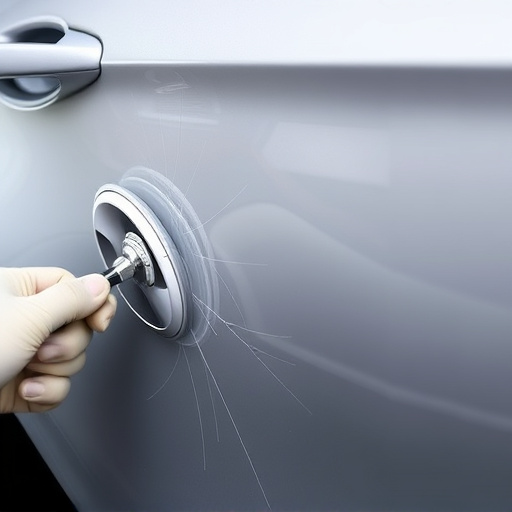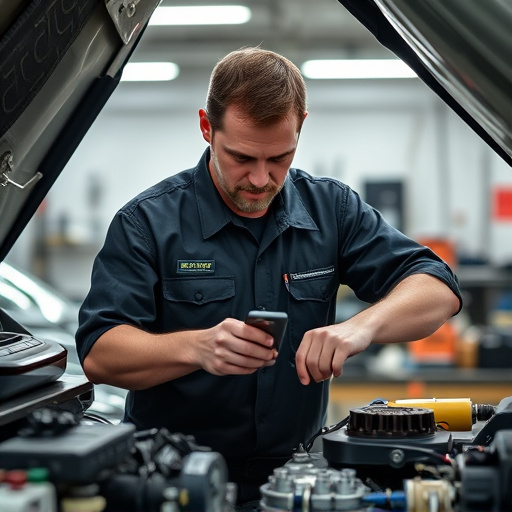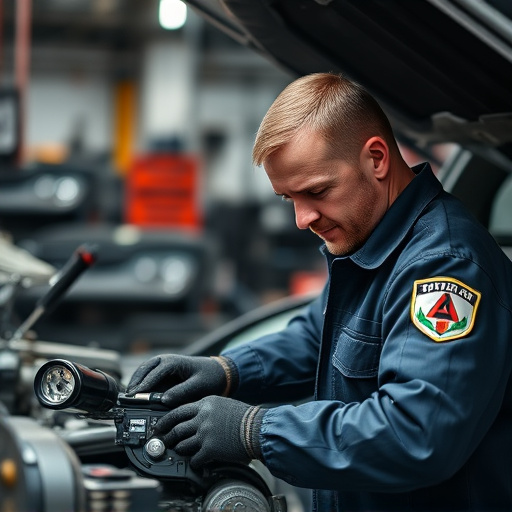Mercedes panel sectioning is a meticulous process crucial for modern and classic car restoration, especially in collision repair. Technicians disassemble panels, inspect structures for damage, reapply structural adhesives for precise replacement, maintaining integrity and aesthetic appeal. Challenges include adhesive failure around high-movement components, environmental degradation, and fatigue from daily use. Regular maintenance ensures longevity, preventing reduced structural integrity and misalignments. Precise cutting and reapplication of adhesives safeguard the vehicle's body durability and stability.
Mercedes panel sectioning is a complex process that involves precise cutting and assembly of car body parts. When structural adhesives fail, it can compromise the integrity of these panels, leading to long-term structural issues. This article delves into the intricacies of the Mercedes panel sectioning process and highlights why reapplication of structural adhesives is crucial for ensuring durability and maintaining the vehicle’s safety standards. Understanding these challenges is key for professionals in the automotive industry.
- Understanding Mercedes Panel Sectioning Process
- Challenges of Structural Adhesive Failure
- Reapplication: A Key Step for Durability
Understanding Mercedes Panel Sectioning Process

Mercedes panel sectioning is a specialized process crucial for both modern and classic car restoration, particularly in mercedes benz collision repair. It involves carefully separating and removing damaged or degraded panels from a vehicle’s body, with the goal of replacing them accurately and efficiently. This method is especially valuable for maintaining the structural integrity and aesthetic appeal of fine automobiles, including vintage models.
The process begins with meticulous disassembly, where skilled technicians identify critical joinery points and fastenings. Once the affected areas are exposed, they inspect the underlying structure to assess any damage or deformation. This detailed analysis forms the foundation for successful panel replacement. In automotive restoration, reapplying structural adhesives is a vital step to ensure that the newly installed panels fuse seamlessly with the car’s body, providing both strength and longevity, similar to how it works in mercedes benz collision repair.
Challenges of Structural Adhesive Failure

The challenges posed by structural adhesive failure in Mercedes panel sectioning are multifaceted. Adhesives used in automotive repair services, particularly for collision repair and car body repair, must withstand significant stress and strain, especially around doors, fenders, and other high-movement components. Failure to reapply or maintain these adhesives can lead to a variety of issues, from reduced structural integrity to unsightly and potentially unsafe gaps or misalignments in the panel sectioning process.
Over time, environmental factors like exposure to heat, cold, and UV radiation can degrade the adhesive properties, making it less effective at bonding metal panels together. Additionally, repeated stress from everyday use, such as opening and closing doors, can cause fatigue failure within the adhesive joint. These challenges underscore the importance of regular reapplication and maintenance of structural adhesives in Mercedes panel sectioning to ensure the longevity and safety of vehicle repairs.
Reapplication: A Key Step for Durability

The process of Mercedes panel sectioning involves precise cutting and separation of vehicle panels for repair or replacement. While this step is crucial for accurate fitting and restoration, it also exposes the structural adhesive to potential damage during the disassembly. To ensure long-lasting durability and maintain the integrity of the vehicle’s body, reapplication of structural adhesive becomes an essential task after panel sectioning.
This reapplication process involves careful inspection and cleaning of the exposed surfaces before applying a fresh layer of adhesive. It is particularly vital in automotive body shops offering car repair services or specialized automotive restoration work. By taking this key step, technicians can guarantee that the repaired or replaced panels will securely bond with the existing vehicle structure, enhancing overall structural stability and ensuring the longevity of the Mercedes’ body.
Mercedes panel sectioning involves a precise process that demands robust structural adhesives. When these adhesives fail, it’s not an uncommon challenge faced by auto repair specialists. To ensure the longevity and durability of Mercedes vehicles’ intricate paneling, reapplication of structural adhesives is a critical step. This simple yet effective practice prevents further damage and maintains the aesthetic appeal of these high-quality automobiles. By addressing adhesive failure promptly and correctly, technicians can uphold the superior craftsmanship associated with Mercedes panel sectioning.
